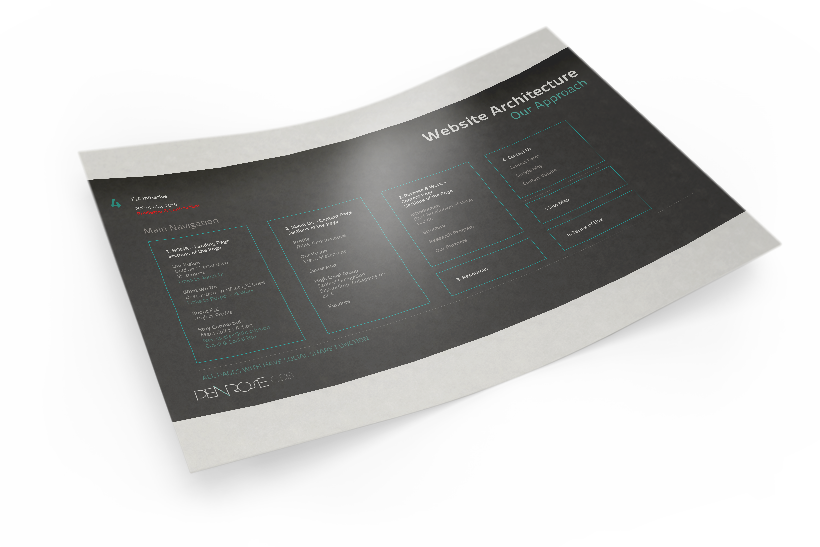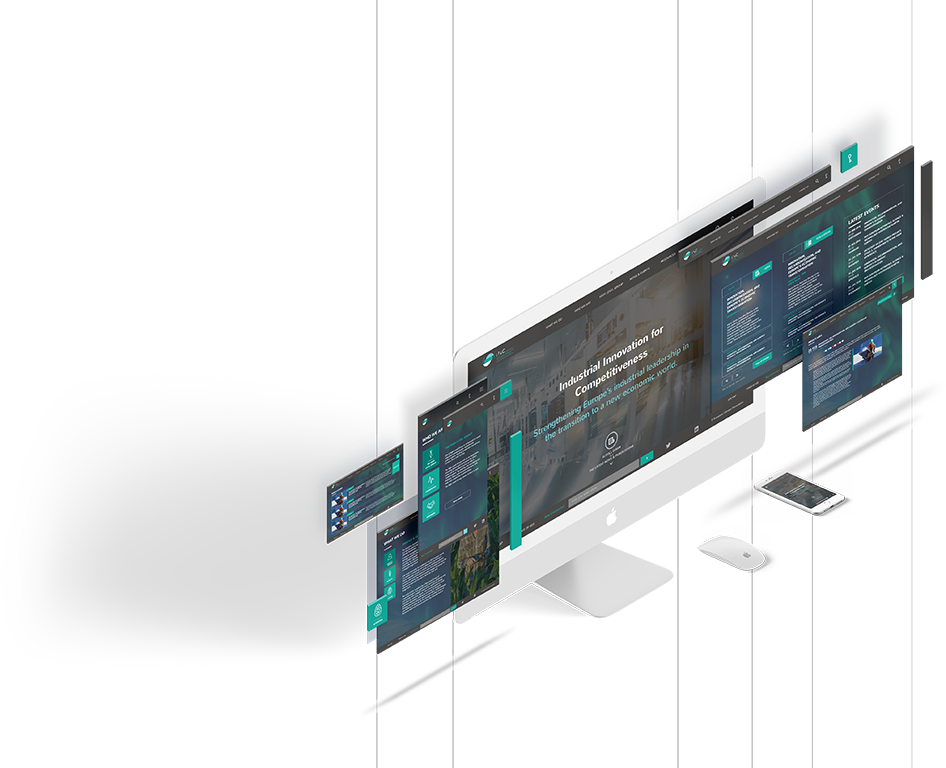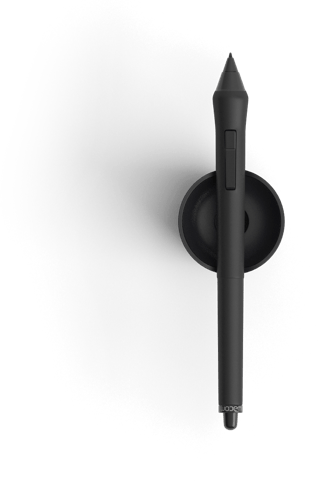Background
In 2015, the European Climate Foundation launched a new initiative called I2-4C (Industrial Innovation for Competitiveness), a platform dedicated to developing and promoting an industrial strategy in order to secure the European industry’s competitive advantage through innovation.
Penrose was asked to develop a website meant to illustrate the initiative, disseminate the latest news and showcase the initiative’s work, making it readily available to the public. What we did was helping the client to give shape to their vision and translating it in a web showcase visually appealing and easy to navigate.






